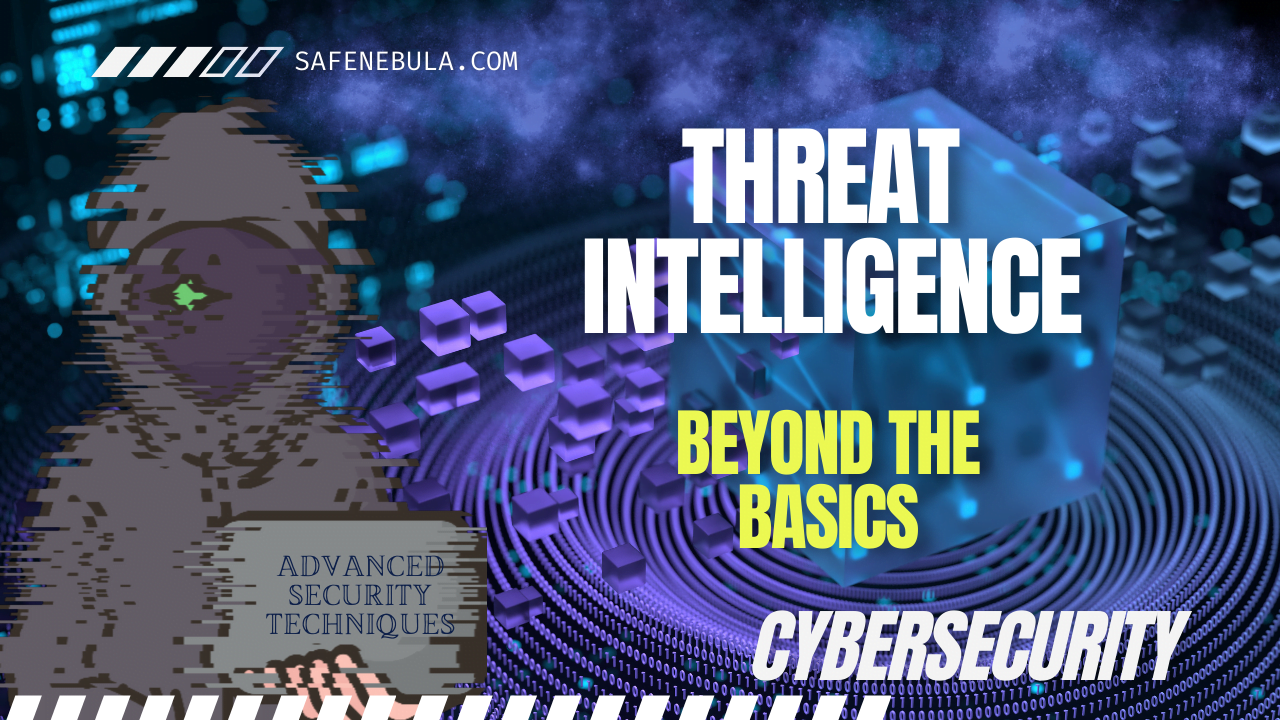In the digital age, the ability to anticipate and counteract cyber threats proactively is indispensable for organizations aiming to safeguard their assets. Threat intelligence emerges as a critical tool in this endeavor, offering insights into emerging threats and vulnerabilities. By transcending the basics of threat data, organizations can cultivate a strategic approach to cybersecurity that enhances preparedness and response mechanisms. This article delves into the advanced facets of threat intelligence, illustrating how it can be harnessed to fortify cybersecurity postures effectively.

What is Threat Intelligence?
Threat intelligence involves collecting, analyzing, and applying information about cyber threats and attack vectors to protect against malicious activities. It’s not merely about understanding the threats themselves but also about grasping the tactics, techniques, and procedures (TTPs) of adversaries. Effective threat intelligence informs decision-making, helping organizations to prioritize security efforts based on informed risk assessments.
The Pillars of Advanced Threat Intelligence
1. Strategic Threat Intelligence
- Provides a high-level view of the cybersecurity landscape, helping executives make informed decisions on security policies and risk management. It includes trends in cyber threats, geopolitical developments, and emerging technology vulnerabilities.
2. Tactical Threat Intelligence
- Focuses on the tactics, techniques, and procedures used by attackers. It’s crucial for cybersecurity teams to understand the operational aspects of threats, enabling them to adjust defensive tactics accordingly.
3. Operational Threat Intelligence
- Involves details about specific attacks and campaigns, including indicators of compromise (IoCs) and actionable advice on countering threats. It’s used by security analysts to detect and respond to immediate threats.
4. Technical Threat Intelligence
- Relates to technical indicators of threats, such as malware signatures, IP addresses, and URLs associated with malicious activity. This intelligence is often automated and fed directly into security tools to enhance detection capabilities.
Leveraging Threat Intelligence Effectively
Integration into Security Operations
- Integrating threat intelligence into security operations centers (SOCs) and security information and event management (SIEM) systems can automate the process of identifying and responding to threats in real-time.
Sharing and Collaboration
- Participating in threat intelligence sharing platforms and industry-specific cybersecurity alliances can enhance an organization’s threat awareness through collective knowledge.
Customization and Context
- Tailoring threat intelligence to the specific context and industry of the organization ensures that the intelligence is relevant and actionable, enhancing its effectiveness in mitigating risks.
Continuous Learning and Adaptation
- Cyber threats are ever-evolving; thus, threat intelligence processes must be dynamic, incorporating continuous learning and adaptation to new information and trends.
Challenges and Considerations
While threat intelligence offers profound advantages, organizations must navigate challenges such as information overload, ensuring the relevance and accuracy of intelligence, and protecting the privacy and security of shared information. Establishing a dedicated threat intelligence team or function can help manage these complexities, ensuring that intelligence efforts are focused and effective.
Conclusion
Advanced threat intelligence goes beyond mere information gathering, representing a strategic asset that can significantly enhance an organization’s cybersecurity posture. By understanding and implementing the multifaceted aspects of threat intelligence, organizations can not only anticipate and respond more effectively to cyberattacks but also foster a culture of proactive security awareness. In the battle against cyber threats, knowledge is power, and threat intelligence is the key to unlocking that power.
